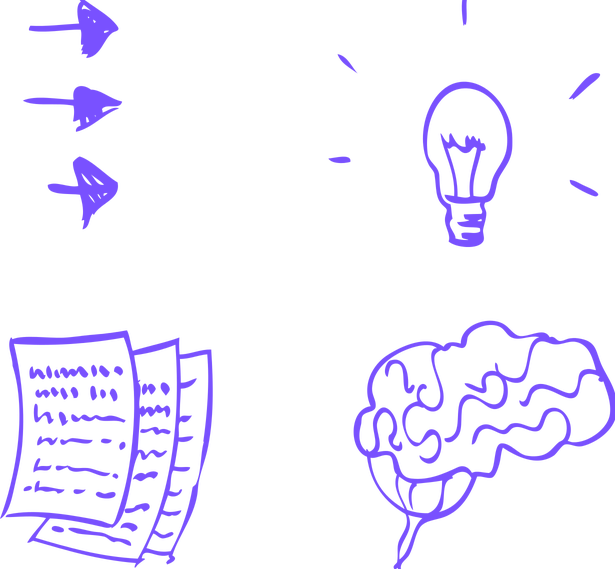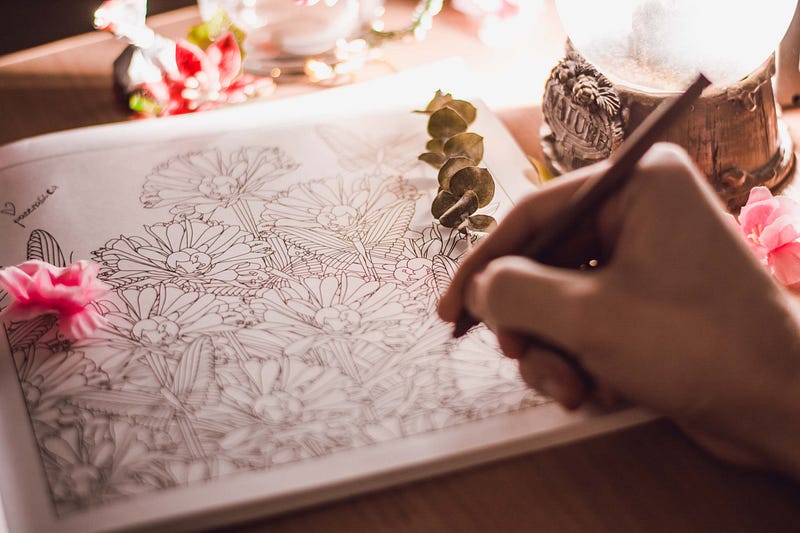How Doodling Enhances Your Cognitive Abilities
Written on
Chapter 1: Understanding Doodling
Many of us are familiar with the concept of “doodling.” Whether it's sketching flowers around the edges of our notebooks while listening to a lecture or creating patterns during a phone conversation, doodling is often an unconscious method of keeping our minds engaged. When we don’t doodle, our minds may drift into daydreams, causing us to lose track of time and forget what we were initially focused on.
Recent studies have explored the intriguing link between doodling and memory. Research consistently suggests that individuals who frequently doodle have a better recall of information presented during the act of doodling compared to those who don’t. A notable study from the University of Plymouth, UK, involved 40 participants monitoring a phone call, with half of them instructed to doodle. The findings indicated that the doodlers remembered 29% more details than those who didn’t engage in doodling. This raises the question: How does doodling enhance our memory?

Chapter 2: The Role of Working Memory
Doodling plays a significant role in extending the duration of our Working Memory. But what exactly is Working Memory?
Working Memory allows us to hold onto information temporarily, such as remembering a phone number long enough to dial it or comprehending a lengthy sentence. This type of memory falls under the category of Executive Resources, which are higher-order cognitive processes essential for controlling thought and directing behavior. Effective executive functioning is crucial for a wide range of actions and highlights the importance of these resources in our cognitive abilities.
These Executive Resources are predominantly located in the Frontal Lobe of the brain, particularly in the prefrontal cortex. Thus, each time we doodle, we stimulate the Pre-Frontal Cortex, aiding our memory and keeping our brains active.
A study conducted by Girija Kaimal, Hasan Ayaz, and Joanna Herres in September 2017 examined participants' self-expression through Coloring, Doodling, and Free-Drawing. Among these methods, the Doodling condition exhibited the highest levels of Blood Oxygenation, suggesting greater Brain Activation.
Our brains function in fascinating ways, and they remain one of life's greatest enigmas.

Chapter 3: The Joy of Doodling
As a dedicated doodler, these findings are truly uplifting. After all this time, not only am I skilled at doodling, but I'm also enhancing my intelligence in the process. Who would have thought?